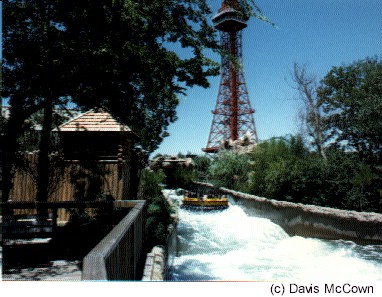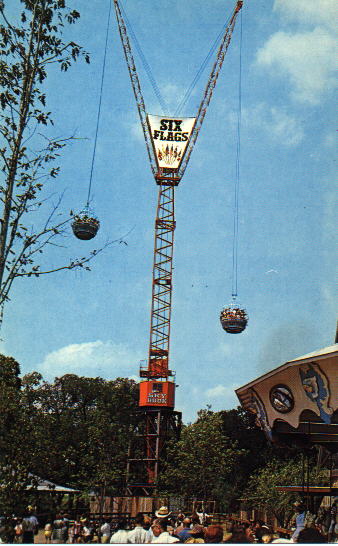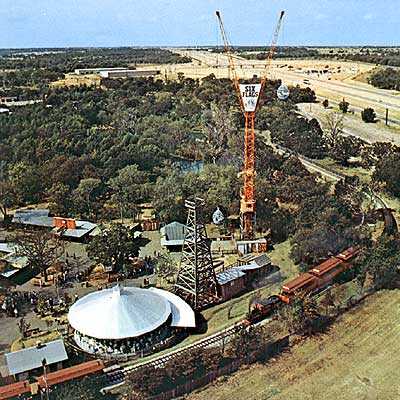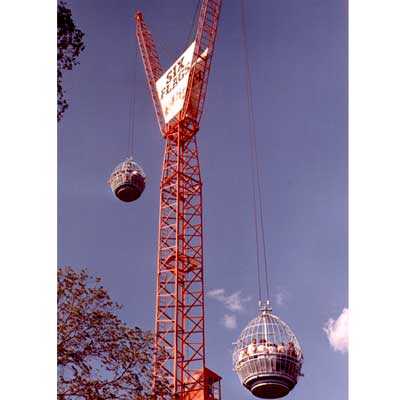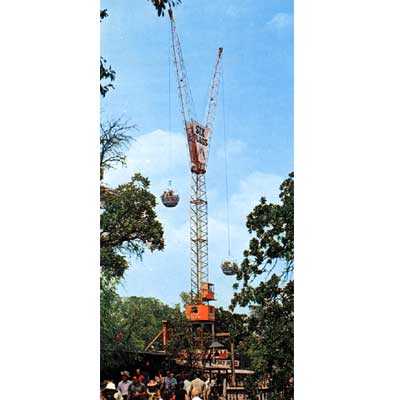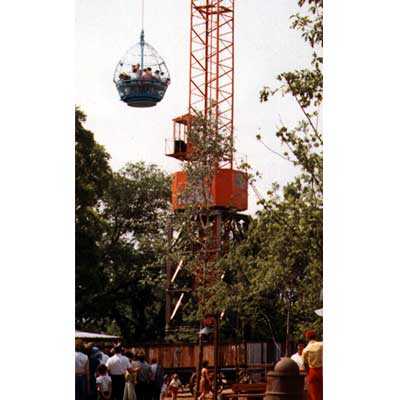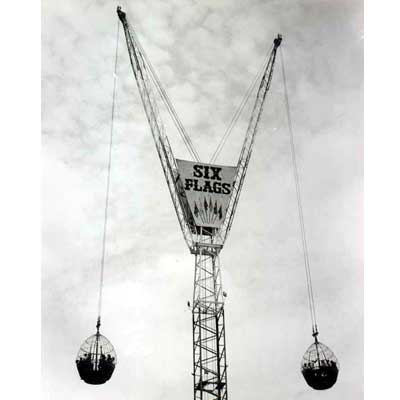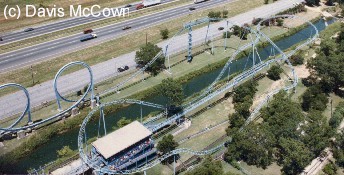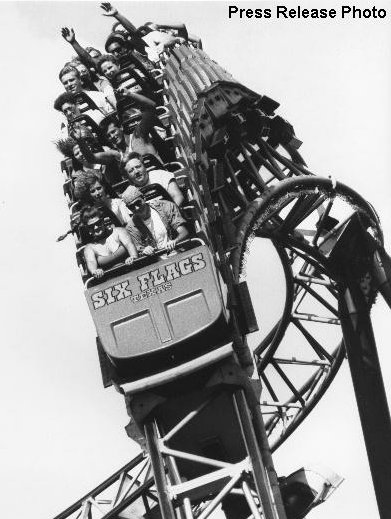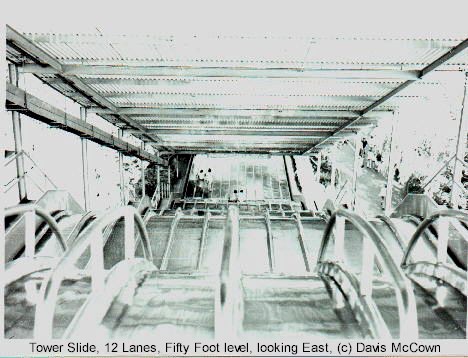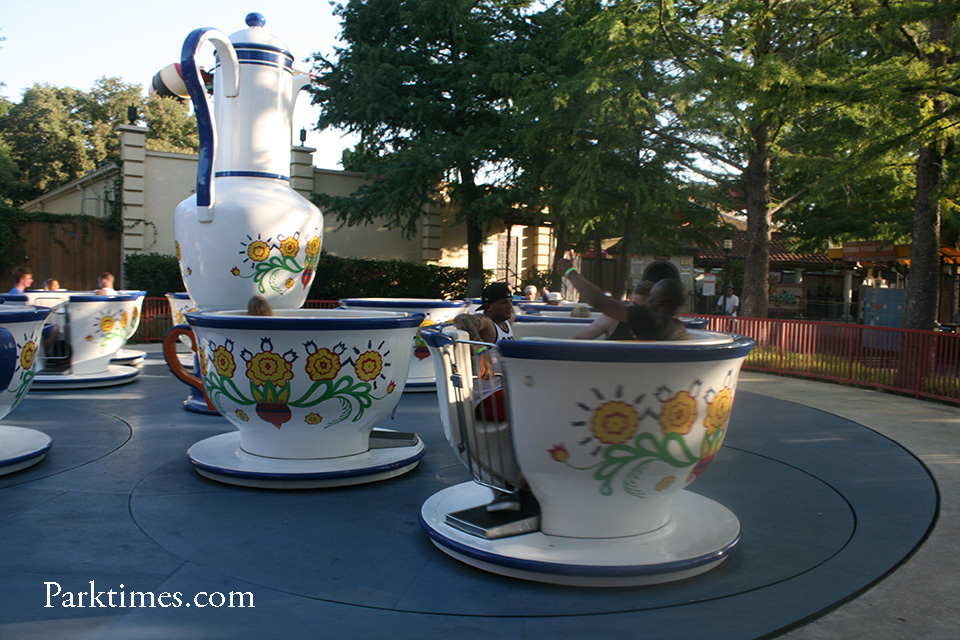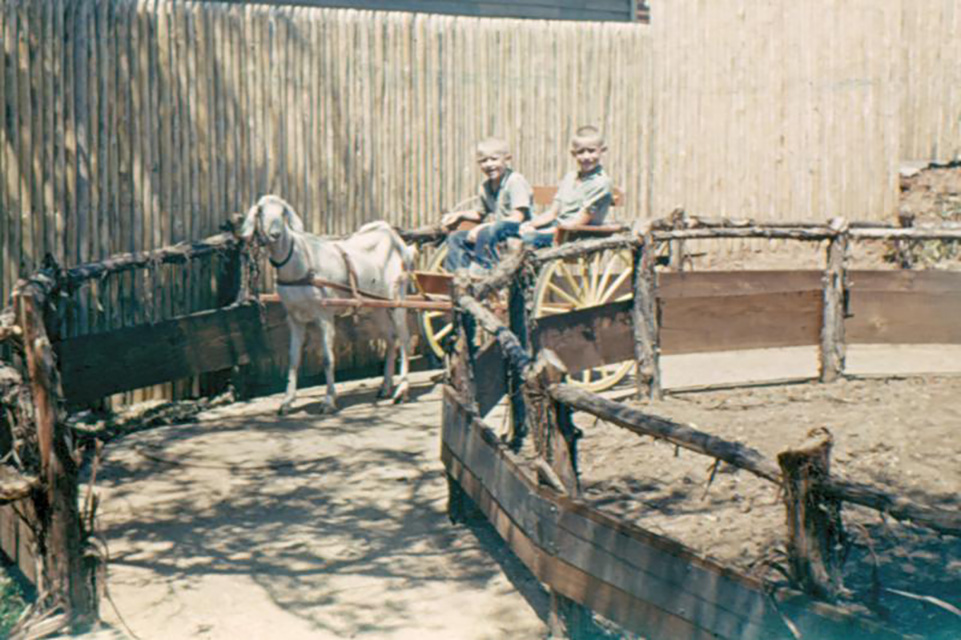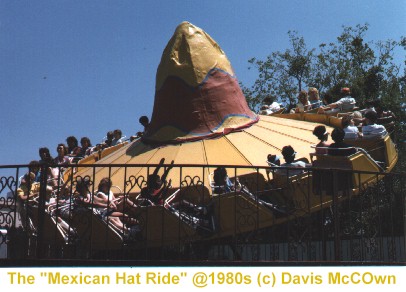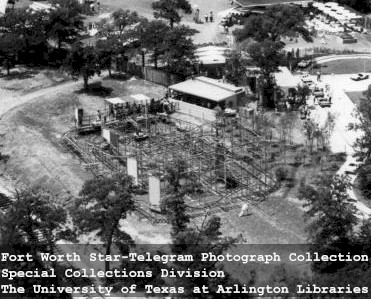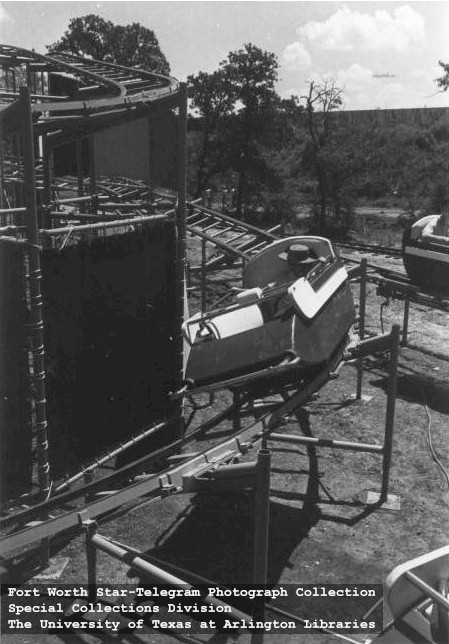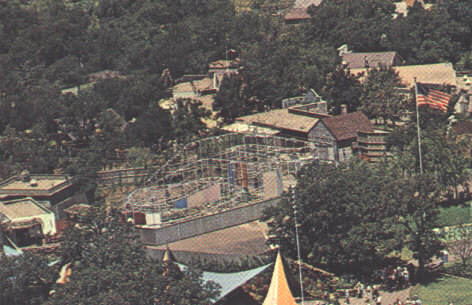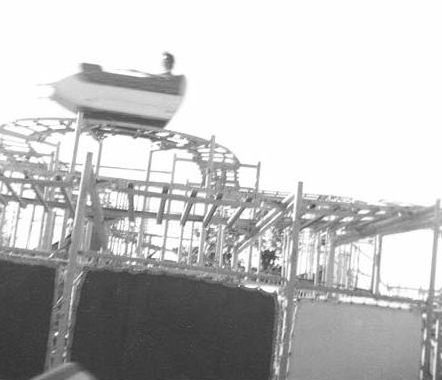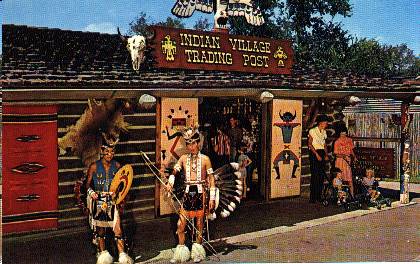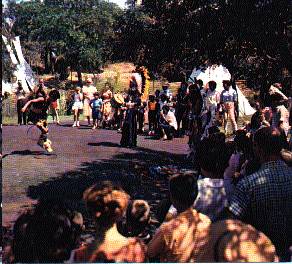Last Year Operated: Currently Operating
Section: Tower
Manufacturer: Intamin A.G
Other Names and Nicknames: Raft Ride
When it opened in 1983 the Roaring Rapids raft ride was the largest, most expensive ride ever constructed at the park. The raft ride, designed to simulate the experience of white water rafting on a raging river, is located just south of the Tower and physically takes up more space than any other ride in the park.

The ride replaced both Skull Island and LaSalle’s Riverboat Adventure, which were removed after the 1983 season to accommodate the new ride. Construction actually began August 16th, 1982, the day after the Riverboat made it last trip.
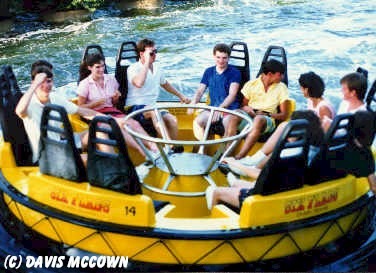
Originally, the entrance to the ride was on the north side of the ride, directly across from the exit area for the Tower. Later, the ride was renamed as LaSalle’s Rapid ride and the entrance was moved to the south side of the ride, in the same location as the former entrance to the LaSalle’s Riverboat ride.
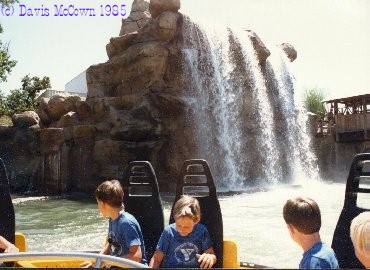
The ride was designed by Six Flags and built by Intamin A.G. at an estimated cost of $4.2 million dollars. (Intamin A.G. also built the Shockwave, Tower, and Spinnaker.)
The concept for the ride was inspired by the man-made river used for the kayak races in the 1972 Summer Olympics in Munich. The first ride of this design was built by Six Flags for the Six Flags Astroworld park and opened in 1980.

The ride constitutes of three lakes and four stretches of rapids. It is 80 feet across at its widest point and 16 feet wide at its narrowest. The “river” is filed with 1.5 million gallons of water and is powered by two 400 horsepower pumps which pump 150,000 gallons of water per minute. These are supplemented by five water jets.
The ride’s reservoir is capable of holding 2 million gallons.
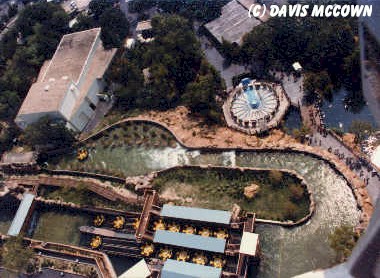
With an average water speed of 16.6 feet per second, the river grade drops 14 feet from start to finish. The 1/4 mile ride takes about 2 minutes to complete.
The ride is equipped with 20 twelve passenger boats and can carry approximately 1,200 riders per hour.
As of 1983, all six of the theme parks then owned by Six Flags operated a ride of this nature. Today, virtually ever major amusement park has a similar ride.
